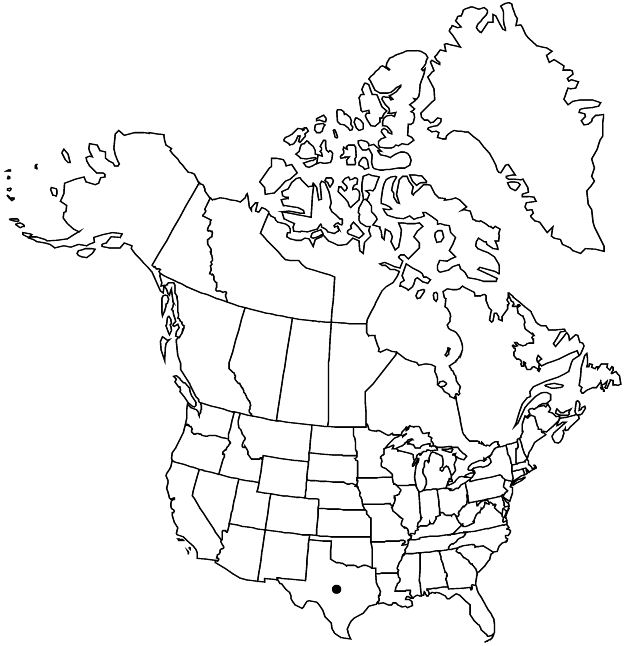Difference between revisions of "Croton glandulosus var. pubentissimus"
J. Arnold Arbor. 26: 188. 1945.
Endemic
Synonyms: Croton glandulosus var. hirsutus Shinners
FNA>Volume Importer |
FNA>Volume Importer |
||
| Line 54: | Line 54: | ||
|publication year=1945 | |publication year=1945 | ||
|special status=Endemic | |special status=Endemic | ||
| − | |source xml=https://jpend@bitbucket.org/aafc-mbb/fna-data-curation.git/src/ | + | |source xml=https://jpend@bitbucket.org/aafc-mbb/fna-data-curation.git/src/f6b125a955440c0872999024f038d74684f65921/coarse_grained_fna_xml/V12/V12_776.xml |
|genus=Croton | |genus=Croton | ||
|species=Croton glandulosus | |species=Croton glandulosus | ||
Revision as of 18:20, 24 September 2019
Plants 1–2 dm. Stems densely stellate-hairy, hairs spreading, radii unequal, central radius prominent. Leaves: petiole apical glands sessile, wavy-wrinkled when dry, 05–0.8 mm diam.; blade 2–7 × 0.7–3 cm, length mostly more than 2 times width, membranous, marginal teeth pointed, both surfaces densely stellate-villous; base obscurely 3-veined.
Phenology: Flowering May–Nov.
Habitat: Beaches, sand dunes, roadsides.
Elevation: 0–50 m.
Discussion
Variety pubentissimus grows primarily in the Texas Gulf Coast counties of Aransas, Brazoria, Cameron, Kenedy, Kleberg, Nueces, and San Patricio, but a few collections are known from inland Colorado and Victoria counties.
Selected References
None.
Lower Taxa
None.
